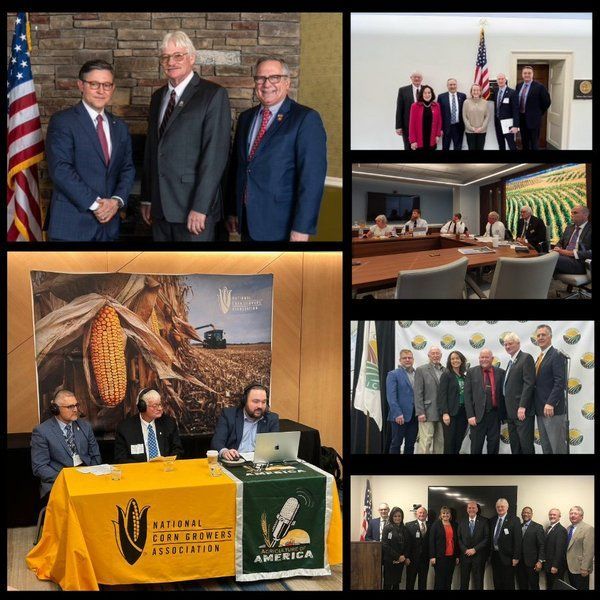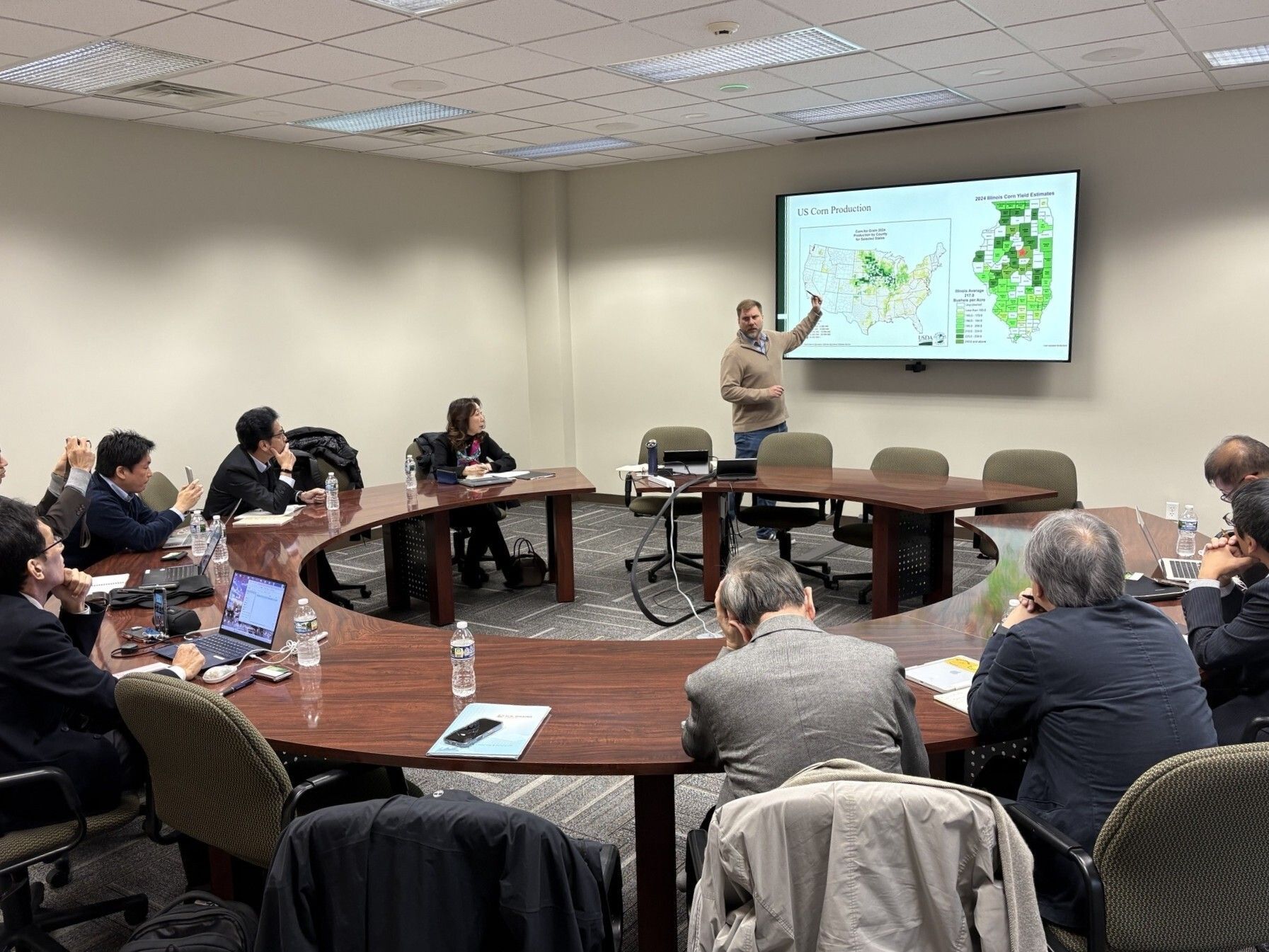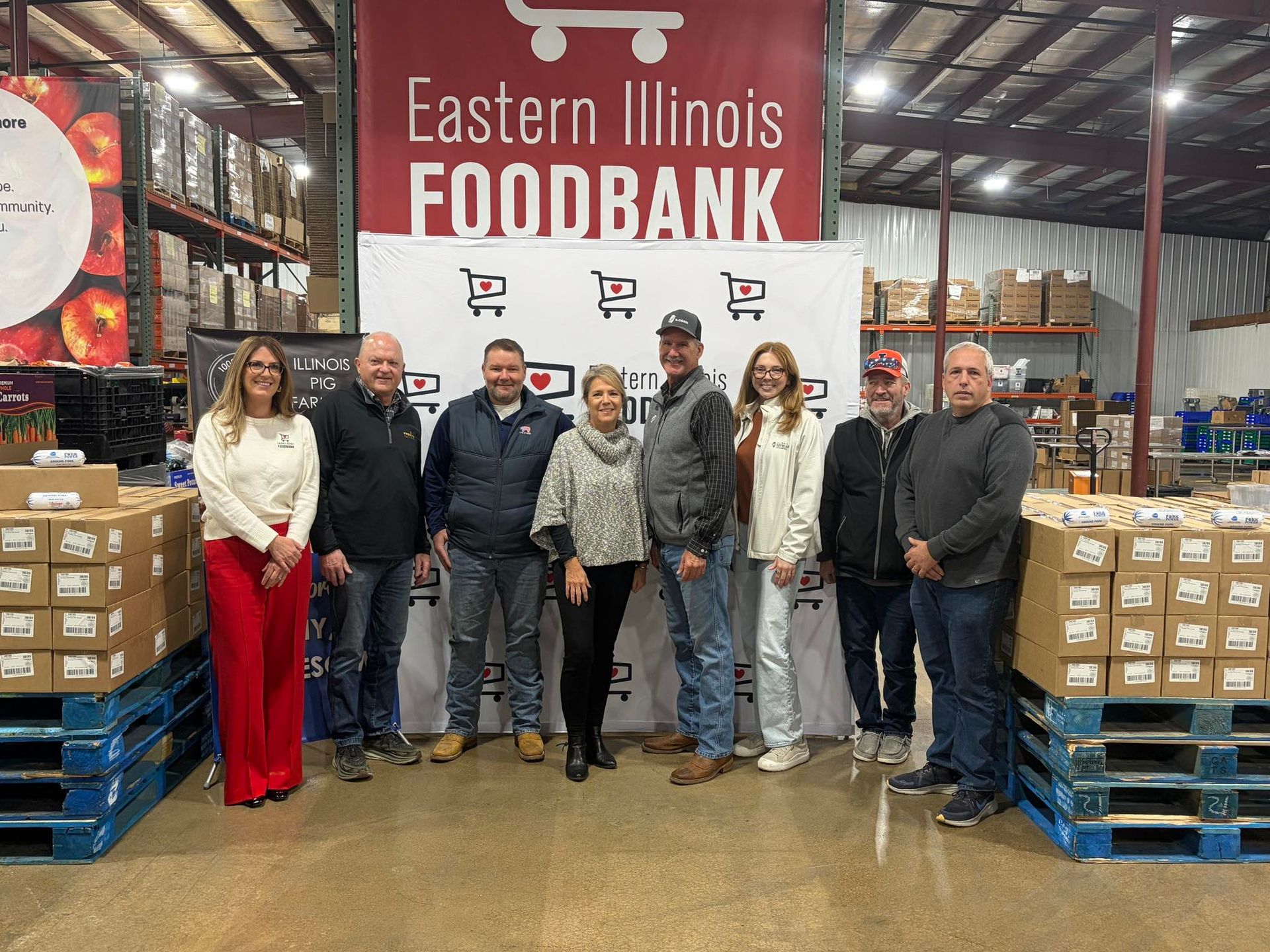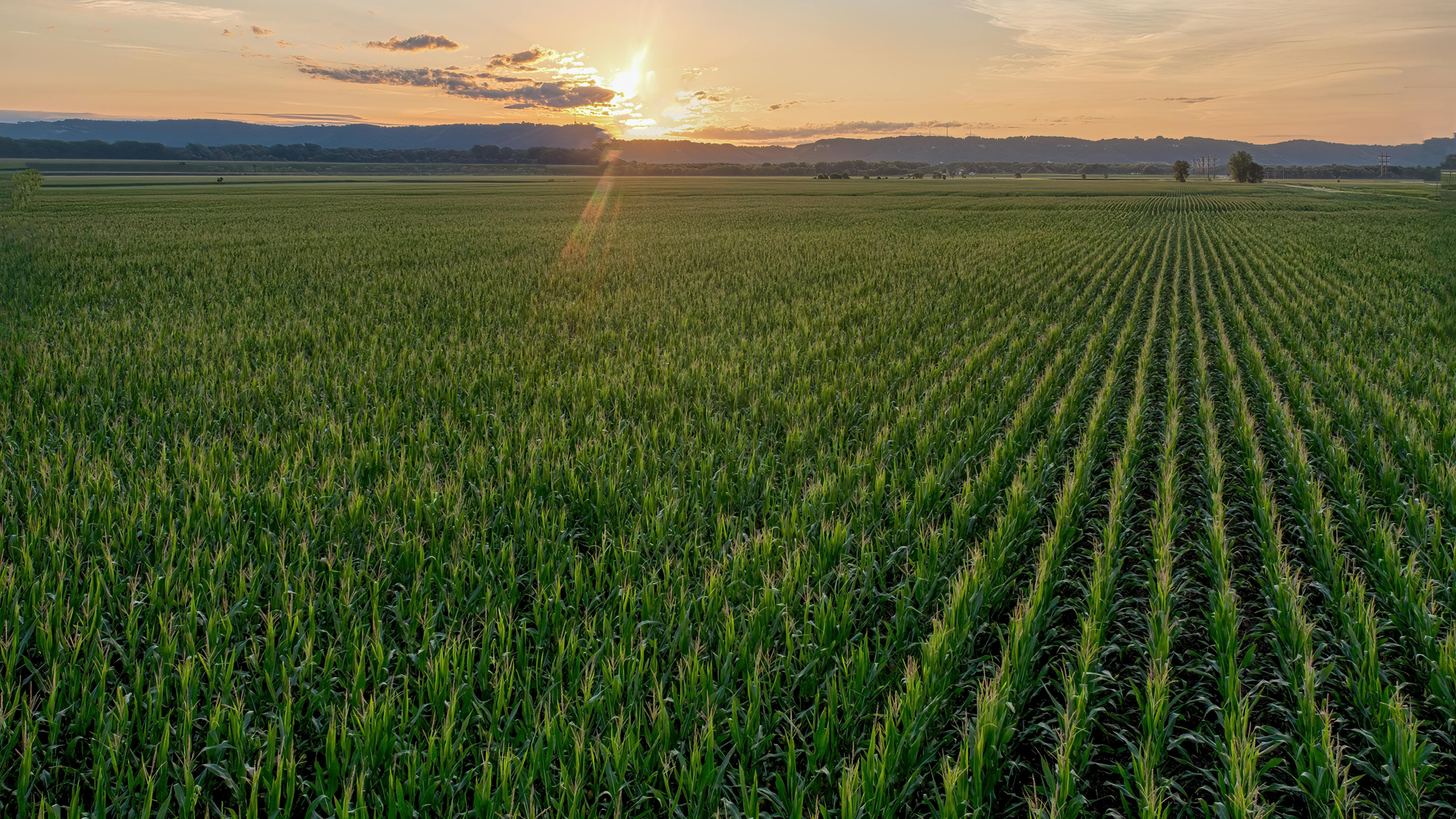Illinois Ag Groups Support Expanded Fall Covers for Spring Savings Program
It’s a day some of us may dread or love but IL Corn took this as a chance to partner with another ag company to spread the love.
“Prairie State Tractor caught my attention with their innovative and engaging content on Tik Tok which made me reach out to collaborate on this lovely holiday,” said Tara Desmond Marketing & Communications Manager at IL Corn.
After some brainstorming, IL Corn & Prairie State Tractor landed on cute and funny corny pick up lines but we also find it fun to educate farmers and non-farmers on the connections to corn and farming on this holiday. Watch this short video:
(Springfield, IL) The IL Corn Growers Association, Illinois Soybean Association, Illinois Farm Bureau and American Farmland Trust are seeking expanded state investment into a popular program designed to promote cover crop adoption throughout the state. The Fall Covers for Spring Savings Program provides a $5 per acre crop insurance premium discount for farmers who plant non-cash crops in the fall to promote soil health and keep nutrients in the field.
Cover crops are one of the most effective in-field conservation practices that Illinois farmers can adopt; they protect soil from erosion, reduce compaction, and absorb excess nutrients. Additionally, by capturing C02 from the atmosphere during growth and returning it to the soil during decomposition, they are a key climate-smart agricultural practice.
The Fall Covers for Spring Savings program started with a modest 50,000-acre target in 2019. These acres were allocated in 12 days. In the 2023 crop year, 160,000 acres were made available through a combination of state and Hypoxia Task Force funds. These acres were spoken for in a matter of hours. Advocates say now it is time to expand the program to 500,000 acres.
The groups point to the success of the Pandemic Cover Crop Program (PCCP), a similar federal program only available for crop years 2021 and 2022. Modeled after the state-based programs, PCCP provided the same $5/acre incentive to farmers who planted cover crops. During those enrollment periods, Illinois farmers signed-up an average of 500,000 acres annually.
###
“Cover crops are fundamental to the success of the IL Nutrient Loss Reduction Strategy, and are a tool with many co-benefits providing a natural climate solution for Illinois. The Fall Covers for Spring Savings program has shown remarkable demand from farmers around the state and we are confident that planters are ready to meet the increase in available acres.” – Dave Rylander, IL Corn Grower Association President
“Fall Covers for Spring Savings is an excellent example of a voluntary conservation program that provides farmers with resources to support conservation that works as part of their operation.” – Ron Kindred, Illinois Soybean Association Chairman
“As Illinois sees an increase in extreme weather events, expanding acres in voluntary conservation programs such as the Fall Savings for Spring Covers Program is imperative to make progress toward Nutrient Loss Reduction Goals.” – Brian Duncan, Illinois Farm Bureau President
“Farmers find great value in the simplicity of the Fall Covers for Spring Savings initiative. Since its establishment in 2019, it has emerged as one of the state’s most favored voluntary programs, combining a conservation practice that mitigates risk with the farmers’ preferred farm safety net.” – Kris Reynolds, American Farmland Trust Midwest Regional Director
###
About IL Corn
IL Corn Growers Association is a state-based organization that represents the interests of corn farmers in Illinois, maintaining a high profile on issues in Washington, DC, and Springfield, IL. Through grassroots advocacy, ICGA creates a future for Illinois farmers in which they can operate freely, responsibly, and successfully. In order to fulfill this mission, the organization conducts governmental affairs activities at all levels, market development projects, and educational and member service programs.
About Illinois Soybean Association
The Illinois Soybean Association (ISA) checkoff and membership programs represent more than 43,000 soybean farmers in Illinois. The checkoff funds market development, soybean production and government relations efforts, while the membership program, Illinois Soybean Growers (ISG) and the Illinois Soybean Growers PAC actively advocates for positive and impactful legislation for farmers at local, state and national levels. ISA upholds the interests of Illinois soybean farmers through promotion, advocacy, research and education with the vision of becoming a trusted partner of Illinois soybean farmers to ensure their profitability now and for future generations. For more information, visit the website www.ilsoy.org and www.ilsoygrowers.com.
About Illinois Farm Bureau
The Illinois Farm Bureau is a member of the American Farm Bureau Federation, a national organization of farmers and ranchers. Founded in 1916, IFB is a non-profit, membership organization directed by farmers who join through their county Farm Bureau. IFB has a total membership of more than 364,452 and a farmer membership of approximately 80,000. IFB represents three out of four Illinois farmers. Learn more about Illinois agriculture at www.ilfb.org. Connect with Illinois Farm Bureau on Facebook: Illinois Farm Bureau | Facebook. Follow IFB on Instagram @ilfarmbureau or on X @ILFarmBureau.
About American Farmland Trust
American Farmland Trust is the only national organization that takes a holistic approach to agriculture, focusing on the land itself, the agricultural practices used on that land, and the farmers and ranchers who do the work. AFT launched the conservation agriculture movement and continues to raise public awareness through our No Farms, No Food message. Since our founding in 1980, AFT has helped permanently protect over 7.8 million acres of agricultural lands, advanced environmentally-sound farming practices on millions of additional acres and supported thousands of farm families.











































































































